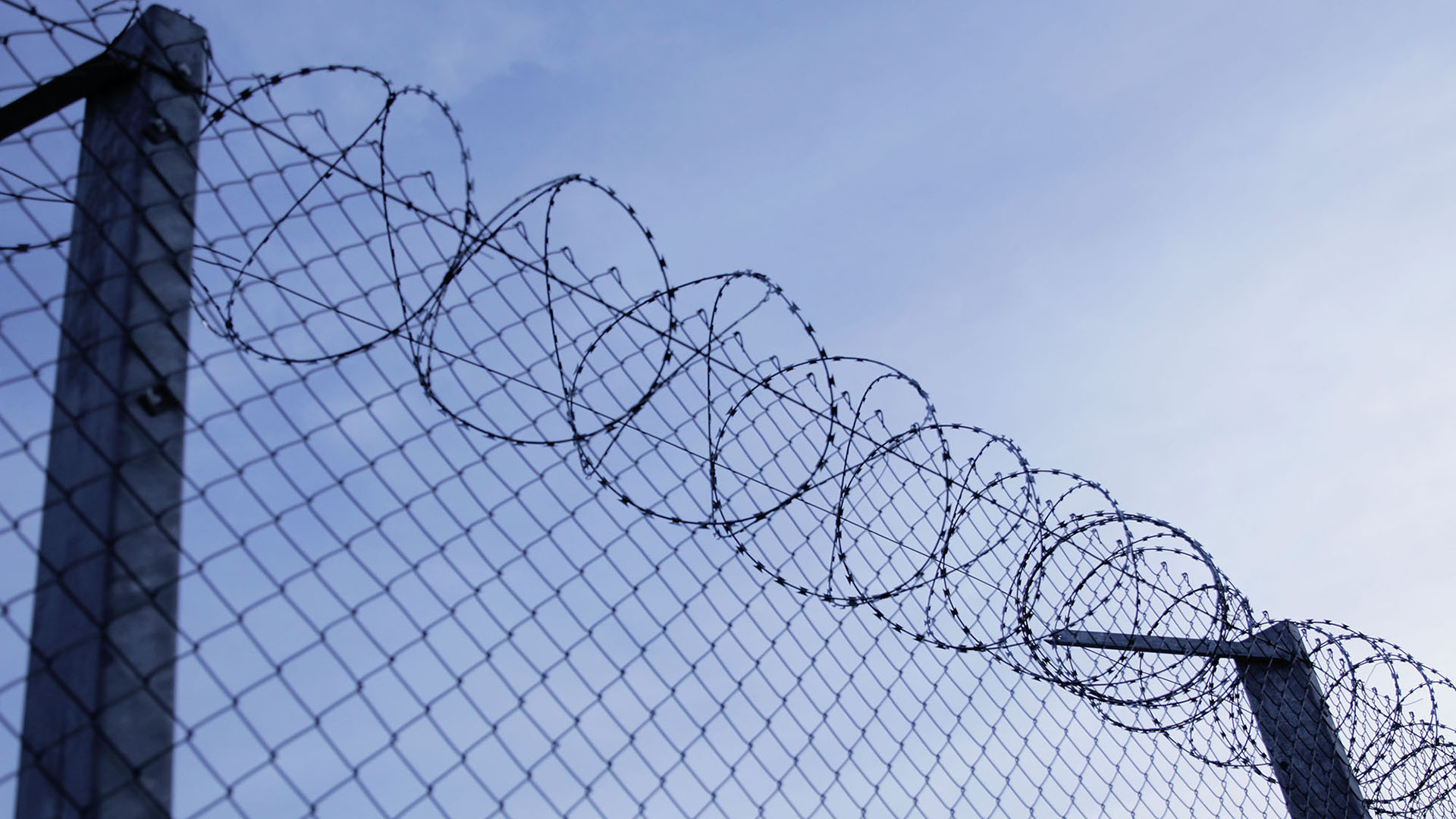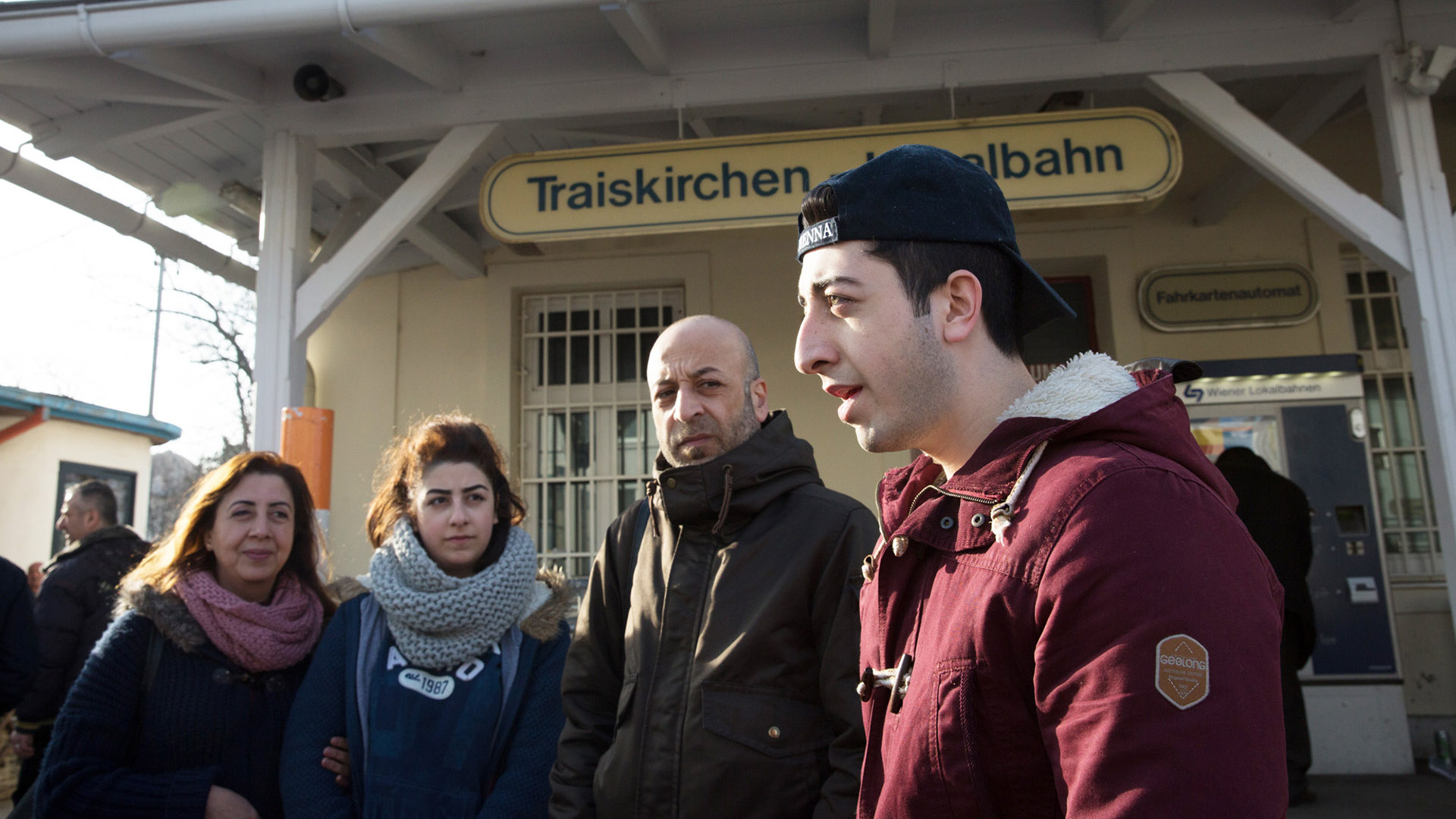

By Celeste Ruiz / Cronkite Borderlands Project
Published July 11, 2016
SZEGED, Hungary — It runs nearly 109 miles and stands 13 feet tall. Its sharp edges touch three countries.
The steel-wire fence that Hungarian Prime Minister Viktor Orbán ordered built last summer to block refugees from entering his country has accomplished its purpose, slowing the flow of border crossings to a trickle.
And despite widespread initial condemnation, Orbán set in motion a chain reaction across Europe as countries sought to cope with a seemingly endless stream of migrants. Fences have since been built in Austria, Slovakia and Slovenia, while Hungary has extended its fence to Croatia and announced it will build another along its border with Romania.
Moreover, the European Union’s 30-year-old “Schengen” policy of passport free, borderless travel is under challenge; in addition to Hungary, Norway, Sweden, Slovenia, Austria, Germany, Belgium, France and Denmark all have instituted temporary border controls.
“In a democracy, in a normal situation, there are certain rules for entering a country,” Hungary’s Justice Minister, László Trócsányi, said in an interview. “I don’t like barbed wire or borders, but unchecked, uncontrolled entry is not permissible. There are security issues, and we didn’t have any solutions and thousands were crossing.”
Asylum seekers now avoid the Hungarian boundary wall, where they face a phalanx of police, military patrols and coiled razor wire, all of which send a very clear message: Refugees are not welcome.
Construction of the fence along the Hungarian-Serbian border began in June 2015 and concluded just a few months later. The Hungarian government spent an estimated $120 million on the fence, a price kept relatively low by the flat topography and the manpower of 300 prisoners and more than 900 soldiers.
“The government started to construct a fence and, in the very last phase, there was still a gate open for people,” said Péter Balázs, Hungary’s former minister of foreign affairs and now head of Central European University’s Center for European Union Enlargement Studies in Budapest.
“Then … they closed that gate.”
A direct line drawn from Greece to Germany — the favored destination of a large percentage of migrants — puts Hungary right in the middle of the path. And as recently as last summer, hundreds of thousands of refugees were spilling through Hungary, seeking passage to the wealthier countries of northern Europe.
From July through September of 2015, more than 140,000 people crossed the southern border of Hungary from Serbia alone, according to a quarterly report released by Frontex, a European agency established in 2004 by the 28-member European Union to help border authorities from different countries work together.
At the peak of the crisis, up to 12,000 people were crossing the Hungarian-Serbian border illegally every single day, according to the report.
In August of last year, German Prime Minister Angela Merkel’s announcement that her country would accept refugees who made it into the country spurred even more migration.
Then, in September, the wall went up, and hundreds of thousands of refugees were suddenly unable to continue their journeys or had to seek alternate routes.
Frustration led to fights and confrontations between police and refugees near the village of Röszke in Hungary, according to multiple reports by local and European news outlets.
“Now what happens when there is a flow of people, people are at the other side, trying to come to Hungary, trying to break in,” Balázs said. “There were some aggressive scenes.”
On the Serbian side of the fence, other problems were brewing.
In the small village of Horgos, Serbia, with 6,300 residents, a new business emerged, according to villagers: Neighbors became human smugglers and when the refugees went away, they morphed into other criminal activities.
Valerija B., a 53-year-old woman who has lived in Horgos her entire life, said she can’t believe what has happened to her town.
“The problem is not with the migrants or refugees because they’re just passing through, said Valerija, who would not share her last name because she feared repercussions from human traffickers. “The problem is with people traffickers and with the way people traffickers treat the refugees.”
As she drove through her neighborhood on the outskirts of Horgos, Valerija pointed to empty fields surrounding housing communities that gave traffickers easy access to migrants crossing the open stretches of land. And she pointed out neighbors’ houses where she said human traffickers live. Human rights activists said the traffickers would sell refugees badly made legal papers that didn’t get them into Hungary, charge exorbitant rates for wire cutters for the fence or rob them as they led them through the woods.
“People coming from Syria and Afghanistan, throughout the entire route they take, they’re exploited,” she said. “By the time they get to where they want to go, they have nothing left.”
When Hungary’s fence on the Serbian border was completed on Sept. 15, 2015, the number of those crossing illegally decreased dramatically overnight.
On Sept. 15, 9,000 illegal crossings were detected, the Frontex report said. A day later, the number was a mere 410.
But it wasn’t only the fence that stopped the migrants. It was an influx of police and soldiers from all over the country that the Hungarian government sent to patrol the southern border. Since Hungary and many European countries have for years allowed open, borderless-travel, they don’t have standing border patrols of their own.
Five guards stationed along the fence near Röszke at the Hungarian/Serbian border told Cronkite reporters in March that they are stationed every half-mile, for a total force of 400 to 500 police per shift. They said that number did not include Hungarian soldiers who also patrol the border.

When asked if they thought the fence worked, the guards said refugees are able to cut through the cyclone fence, thus the importance of patrols. Just two days earlier, they said, 200 people were caught trying to cut down a part of the fence.
During the conversation, a radio call came in. Someone was attempting to cross over the razor-wire fence, a voice said. One soldier stepped back to take the call, while the others stayed put.
They, too, wanted information. They were interested in the U.S.-Mexico border, asking what the fence was made of and if police were also deployed to patrol it.
When they learned that the U.S. has a separate border patrol and agents ride ATVs, bicycles, horses and other vehicles to patrol the nearly 2,000-mile southern perimeter, they laughed.
“We should go there and ask them how it’s done,” one of the Hungarian guards quipped.
In February, Orbán announced the building of a new 280-mile fence, this time to the east along the border with Romania.
Though Romania is a member of the European Union, it is not a part of the 26 countries that belong to the Schengen agreement for passport-free travel. Under that agreement, every EU citizen is guaranteed the fundamental right to travel, work and live in any EU country without special formalities or passports.
More than 400 million EU citizens are protected under the “Border-Free Schengen Area,” and the rights are extended to tourists or others legally present on EU soil, according to the European Commission’s Migration and Home Affairs Department.
Trócsányi, Hungary’s justice minister, said building fences helps preserve Schengen.
“I explained on the one hand that there is this thing called the Schengen border complex and as the European Union state being the external border of Schengen, we had the duty and the obligation to protect the Schengen border,” Trócsányi said.
Some, however, think differently, including Balázs, the former Hungarian minister of Foreign Affairs. He said other factors must be considered.
“The Schengen agreement is not working anymore,” he said. “It would need the voluntary cooperation of all people who cross any border. It presupposes that people have documents, (that) they are ready to justify their identity or show their documents.”
In March, the Balkan route to Western Europe was closed, leaving tens of thousands of refugees camped in Greece and Macedonia, waiting for action from the EU or for a new path to open up.
Others have made it to their destinations and are in process of starting new lives.
Nineteen-year-old Mohammed Abo Saleh and his father made the journey from Syria to Austria through the Balkan route in February of last year. They were able to cross through Serbia and Hungary before the fence went up in September, sometimes walking, sometimes driving.
The journey took three months, and Saleh had to leave behind both his mother and sister, but he said it was worth it.
“Human beings are not worth anything in Syria,” he said during an interview with Cronkite reporters at a train station in Traiskirchen, Austria.

Father and son were granted asylum in Austria and then began trying to bring the rest of the family to their new country.
One day in March, nearly a year after the initial voyage, the family was reunited at the train station. As they waited, luggage in hand, to board a train to Vienna, they chatted about looking for a house together later that day.
Saleh’s mother and sister said they were waiting for approval of their asylum applications. Saleh said he is looking forward to continuing his studies once his family has settled down.
“People should be together,” Saleh said. “This world should be one place for all of us.”
The refugee crisis is good business for Umirs, a Budapest-based company founded in 2007, specializing in perimeter protection and detection technology.
Zoltan Szilagyi, managing director of Umirs, said the company has received many more inquiries about its high-tech products as the number of refugees has grown.
“I got a map a few days ago showing how many countries are building a fence, building border protection systems all around the world,” Szilagyi said. “It’s impressive for a security expert like we are."
The company’s array of detection technologies may be of particular interest in countries that lack border patrols. It offers microwave barriers that detect movement, a combination of microwave and infrared detection and cable sensors as options for perimeter protection, according to Umirs’ web site.
“We have no more policemen or soldiers that can be used for protecting the Romanian border (and) the government decided to build a fence there also,” he said.
The company’s technology is being tested along a mile or so of Hungary’s southern border. If the Hungarian government likes the way it works, Umirs hopes it will be extended through the whole 109-mile long fence, a project that would cost nearly $6.2 million dollars, according to Szilagyi.
Szilagyi said he believes many Hungarians agree with the building of border fences. “Not happy with the situation that we had to build a fence, but we are happy that we know we can protect ourselves,” he said. “Even if the city is safe where you are living, you close your door. Even if there are no problems around Europe, it’s good to have the feeling that we decide who we let in and who we do not.”
Buffett student projects include: Nicaragua: Channeling the Future | Chiapas: State of Revolution | Two Borders | Puerto Rico: Unsettled Territory | Stateless in the Dominican Republic | South Africa: At the Crossroads of Hate and Hope | South Africa Documentary | Borderlands Photo Essays | Divided Families (PDF) | Divided Families Documentary | Children of the Borderlands | South Africa Project
Cronkite News is the news division of Arizona PBS. The daily news products are produced by the Walter Cronkite School of Journalism and Mass Communication at Arizona State University.